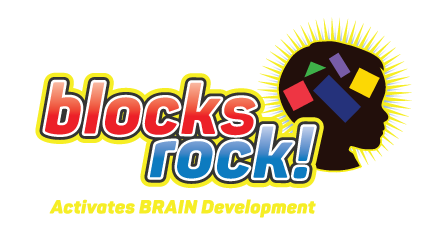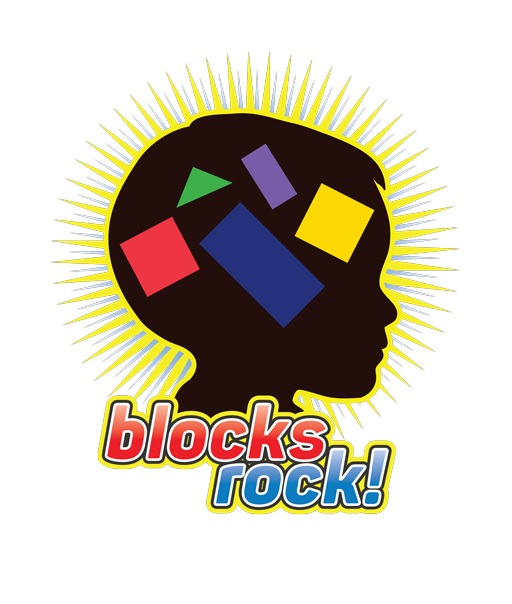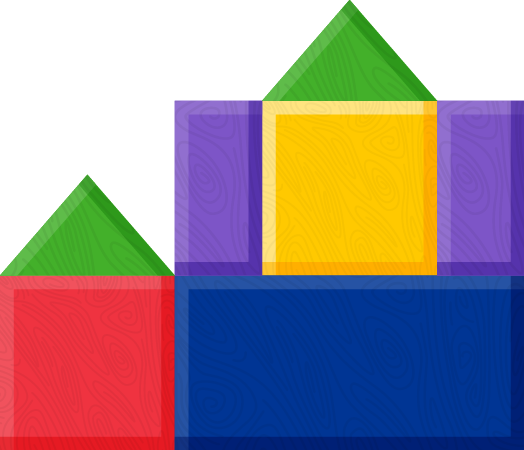STEM Role Models
Space Pioneers | STEM Role Models
In this article in our STEM Role Models series, we’re highlighting individuals who have been pioneers in understanding and exploring space!
In this article in our STEM Role Models series, we’re highlighting individuals who have been pioneers in understanding and exploring space! Our hope is that you can read through these people’s stories with your kids, and that the STEM Role Models will inspire and encourage their STEM drive, just like Blocks Rock! does!
Learn more about these space pioneers below.
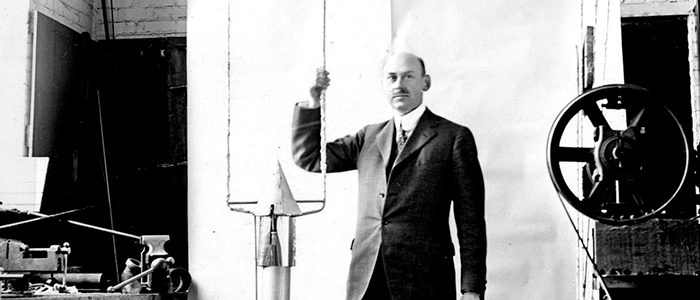
Robert Goddard (1882-1945) | Engineer, Physicist & Inventor
Roger Goddard is credited with creating and building the world’s first liquid-fuel rocket. This creation and the successful test of his first rocket is described as significant to history as that of the Wright brothers’ first flight.
In one of Goddard’s reports, he commented about the possibility of a rocket reaching the moon. The press picked up on this thought and began to comment about its possibility. At that time, he was ridiculed for thinking that way, but his invention of the liquid-fuel rocket paved the way for space flight to happen later.
As he is described by NASA, “Goddard was the first scientist who not only realized the potentialities of missiles and space flight but also contributed directly in bringing them to practical realization. Goddard had a rare talent in both creative science and practical engineering.”

Annie Easely (1933 - 2011) | Computer Scientist, Mathematician, & Rocket Scientist
Annie Easely is known for a 34-year career at NASA where she worked on numerous programs as a computer scientist. As a computer programmer, she worked on developing and implementing code on projects that focused on energy-conversion systems, including the battery technology that was used for early hybrid vehicles as well as for upper-stage rockets.
Easely is also a space pioneer because she helped to “break down barriers for women and people of color in science, technology, engineering, and mathematics (STEM) fields, and win the admiration and respect of her coworkers (NASA).”
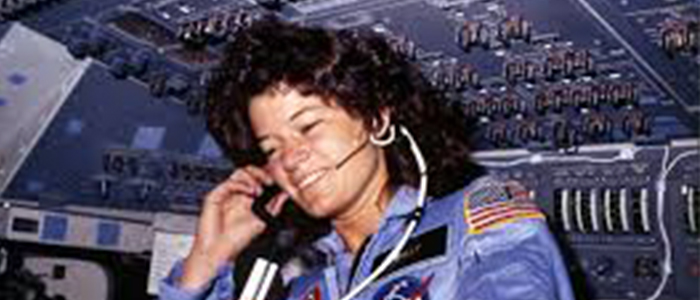
Sally Ride (1951 - 2012) | Astronaut, Physicist & Engineer
Sally Ride joined NASA in 1978 and became the first American woman in space in 1983. Ride’s space launch date was on the 20th anniversary of the launch of the first woman in space, Soviet cosmonaut Valentina Tereshkova. Ride was a part of NASA Astronaut Group 8, which was the first American selection class to include females.
Fun fact: Blocks Rock! won runner-up in a past Sally Ride Toy Contest!
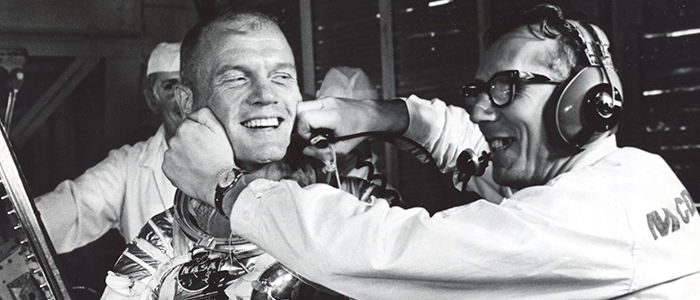
John Glenn (1921 - 2016) | Astronaut, Aviator, and Politician
John Glenn was the first American to orbit the Earth in 1962, and 36 years after that he went back into space aboard the space shuttle Discovery. This made him the oldest person to venture into space. John Glenn also served four terms as a U.S. senator from Ohio.
John Glenn’s first orbit was a great victory for America, as it proved the U.S. was a serious contender in the space race with the Soviet Union. This helped to make Glenn an instance American hero.

Neil Armstrong (1930 - 2012) | Astronaut and Aeronautical Engineer
Neil Armstrong was the first person to set foot on the Moon on July 20, 1969. He was part of the National Aeronautics and Space Administration’s first manned mission to the moon with Michael Collins and Edwin E. “Buzz” Aldrin. Upon stepping on the moon, Armstrong said the famous words, “That’s one small step for man, one giant leap for mankind.”
You can earn more about Neil Armstrong here.
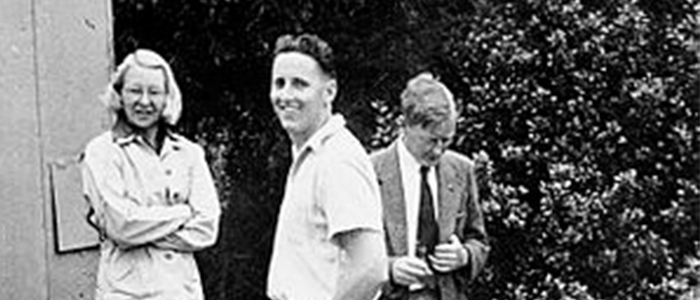
Ruby Payne-Scott (1799 -1847) | Radio Astronomer
Ruby Payne-Scott, a pioneer in radiophysics and radio astronomy, was the first female radio astronomer. During World War II, Payne-Scott was used for top secret work investigating radar technology, and became Australia's expert on the detection of aircraft using Plan Position Indicator (PPI) displays.
Payne-Scott was one of the first people in the world to consider the possibility of radio astronomy and is now responsible for what is a modern lexicon of science. During her career, she discovered Type I and Type III solar radio bursts, and participated in the recognition of Type II and IV bursts.
Starting Your STEM Journey
These STEM role models all had a hunger for knowledge, a deep curiosity, and worked relentlessly to make these important discoveries happen.
If you’re looking for STEM activities and other information to inspire your kids, we encourage you to take a look at some of our other Blocks Rock! resources like:
